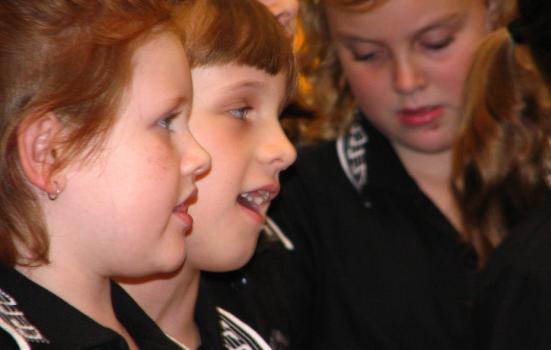Hubs have made “a strong start” but more still needs to be done to boost music provision, particularly for boys and children with special educational needs.

melanie cook (CC BY-NC-SA 2.0)
Music Education Hubs (MEHs) “face continued challenges if they are to ensure effective progression and contribute to a high quality music education for an increasing number of pupils in future”, an independent analysis has concluded.
The National Foundation for Educational Research (NFER) conducted the research based on the most recent figures generated from Arts Council England’s (ACE) annual monitoring of MEHs. The NFER reports that hubs have “clearly made a strong start in terms of their core roles, especially in relation to the amount and range of provision they offer”, but found that the proportion of children given the opportunity to learn an instrument in class fell slightly last year, and pupils with special educational needs and boys are still “considerably under-represented among those participating in ensembles and choirs”.
123 Hubs were established in 2012, tasked with providing “access, opportunities and excellence in music education for all children and young people”. Their responsibilities include ensuring every child aged 5-18 is given the opportunity to learn a musical instrument through whole-class ensemble teaching (WCET) programmes of weekly tuition on the same instrument, and over half a million pupils had access to this last year. But although this represented an increase of 34,000 over the previous year, the proportion actually fell from 10.4% to 10.2% of pupils, due to a growing school population. Nearly 40% of the tuition took place in primary year 4, while less than 4% took place in secondary schools.
MEHs are also tasked with providing more opportunities for pupils to take part in ensembles. The number of ensembles supported by MEHs grew by 805 in 2013/14, although this coincided with a fall of 269 in the number organised independently by schools, which still provide almost two-thirds of all school ensembles. The number of pupils reported to be playing regularly in ensembles increased by 16% to reach 97,000 in 2013/14, the majority of whom (57%) were girls, down from 61% the previous year.
Participation in both WCET and ensembles was broadly representative of the population as a whole in terms of ethnic background and deprivation, although the proportion of pupils with special educational needs who were involved in these was lower than in the national population, and the number taking part in ensembles fell compared with the previous year.
Preference for different instruments has altered slightly, with the number of string ensembles falling, but the number of rock, pop and electronic bands – the largest instrumental group – growing slightly. These accounted for almost 10% of the 45,600 school ensembles. Choirs accounted for a further 14,700.
Hubs worked with most (84%) of state-funded schools in 2013/14, but in November that year, Ofsted published a critical report of their first year of operation, stating that although they often brought “new energy, collaborative approaches and vitality to working musically with young people”, there was a wide variation in the quality of music education in schools that was showing no sign of improvement. Ofsted has called on hubs to take a stronger leadership role in improving the quality of music education in all state-funded schools. As well as delivering music services, all must now implement a School Music Education Plan “to enable them to have ‘challenging conversations’ with schools about the quality of music education in the school”.
They have also been set a performance indicator relating to the diversity of their financial contributors and the percentage of their income generated from different sources. Total MEH income was almost £188m in 2013/14. On average, one third of this came from ACE, although there were wide variations across England: one London hub relied on ACE for only 11% of its income, while others in the East and South West received 100% of their income from ACE. Schools contributed another third of all funding and the rest came from a combination of parents, trading income and local authorities, though the proportion of local authority funding fell from 7.7% to 5.7% of the total that year.
ACE funding for hubs in 2015/16 is being given a boost following the announcement of an extra £18m of ring-fenced central Government funding. This takes the total to £75m distributed across England, but despite the latest increase, hub funding has still not been restored to the £82m provided during the launch year.




